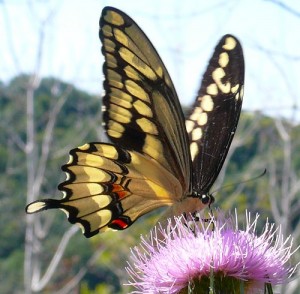
Dry Ice Slabs
In Mars news that isn’t from curiosity, when it snows on Mars it’s CO2 falling from the skies instead of frozen water. From Popular Science:
Dry ice, which is frozen carbon dioxide rather than solidified water, requires temperatures dipping far below those experienced beneath Earth’s atmosphere–roughly 193 degrees below zero Fahrenheit, to be slightly more precise. Researchers had already firmly established that clouds of carbon dioxide exist in Mars’ southern polar region, and they had previously found carbon-dioxide ice in the polar caps at the Martian south pole. What they lacked was the mechanism by which this carbon dioxide moves between cloud and ice cap–via precipitation or simply freezing out at ground level, like frost. And that’s what they’ve now found, thanks to the MRO.
These observations have essentially confirmed three things. One, that carbon dioxide ice particles observed in these polar clouds are large enough to fall to the surface. Second, that these “flakes” of carbon dioxide ice could develop and fall to the ground during the lifespan of the clouds. And most importantly, the MRO has provided strong evidence that they do exactly that. By pointing the orbiter’s instruments at the horizon from an angle rather than straight down at the ground from above, they were able to observe the presence of these ice particles extending from the clouds to the surface.
